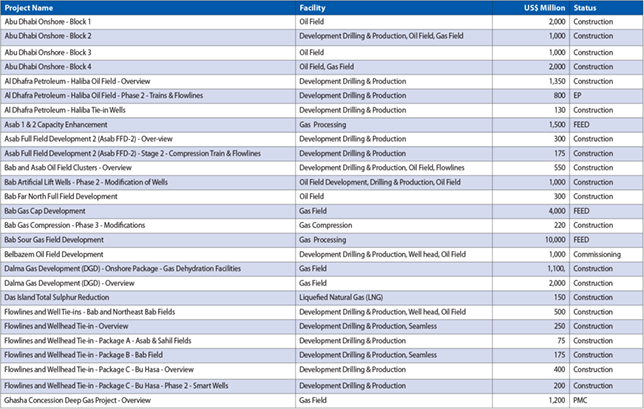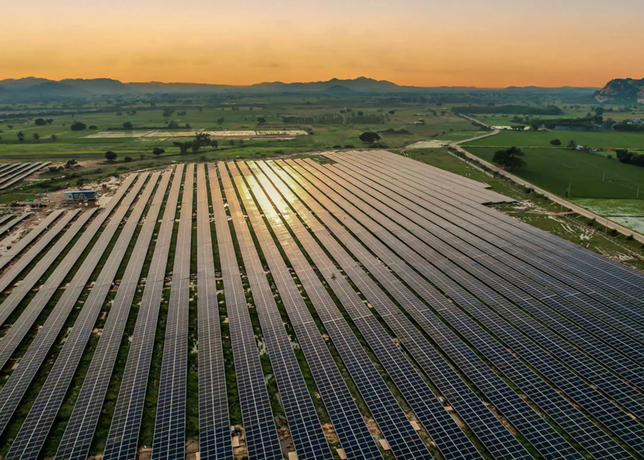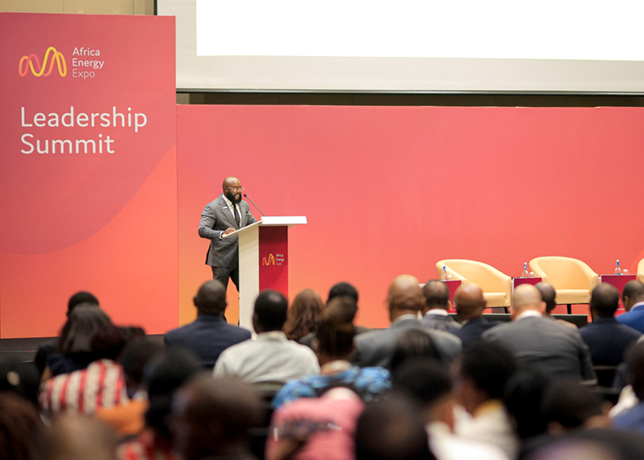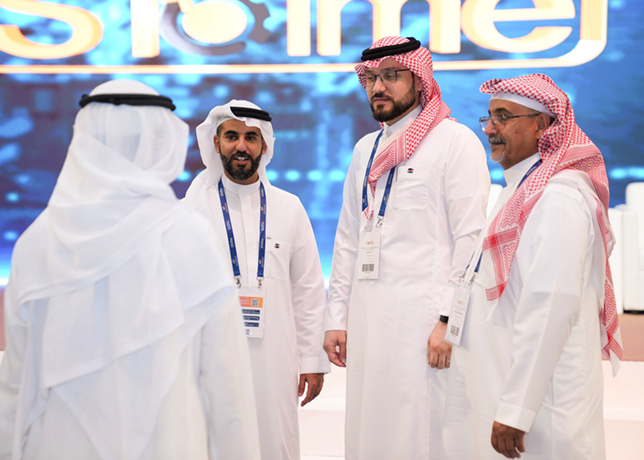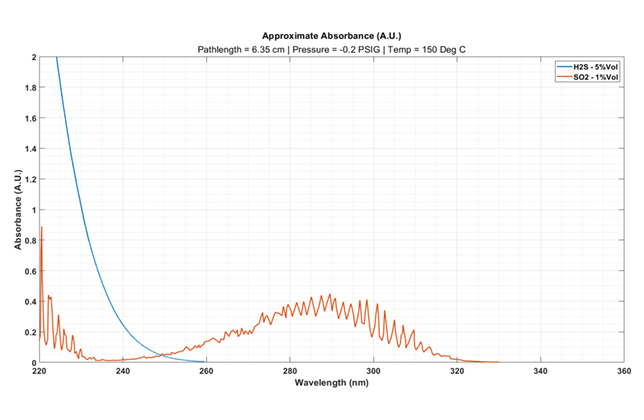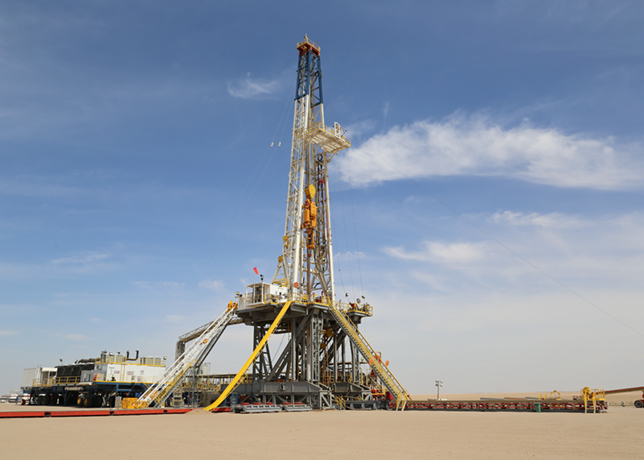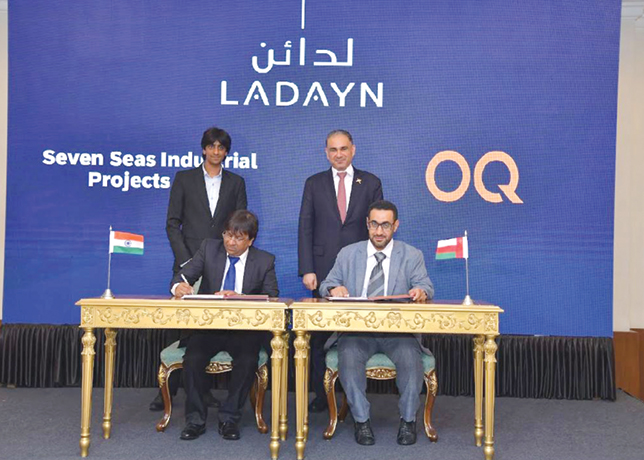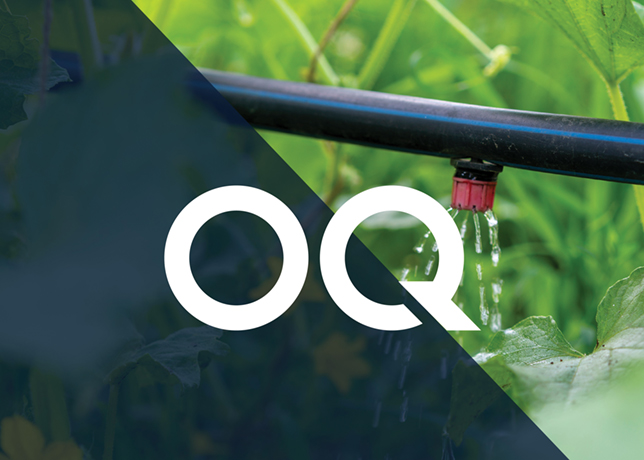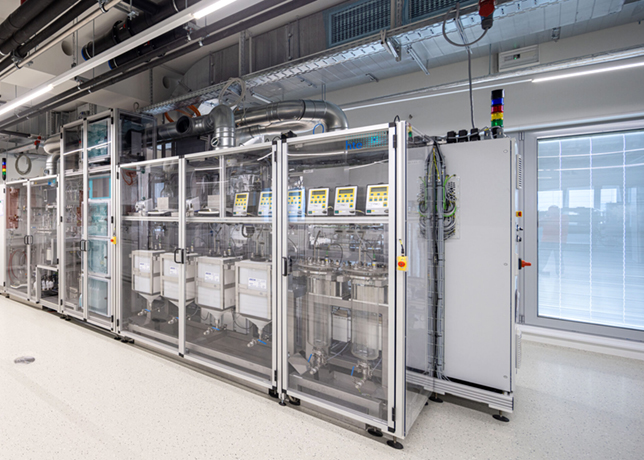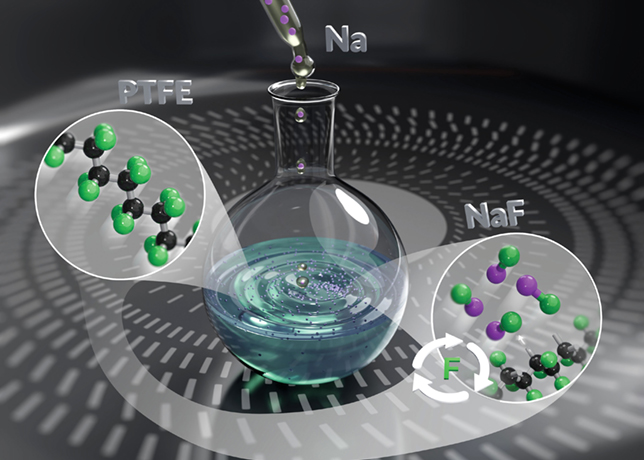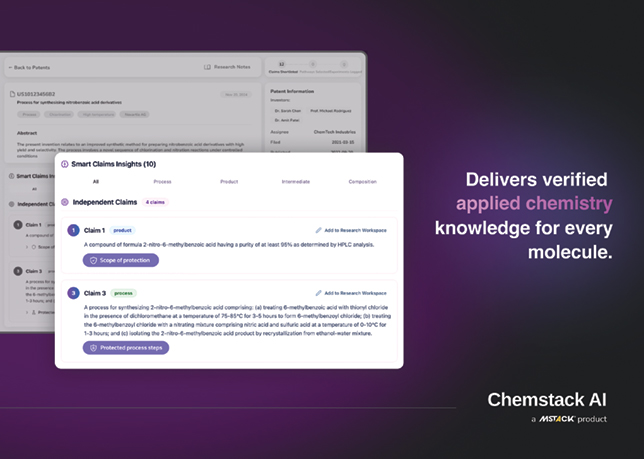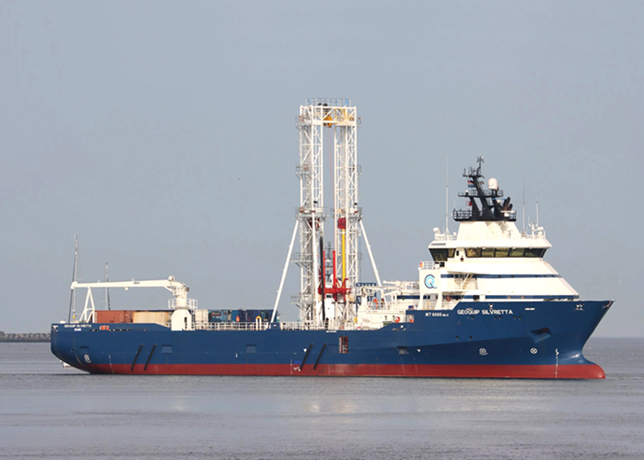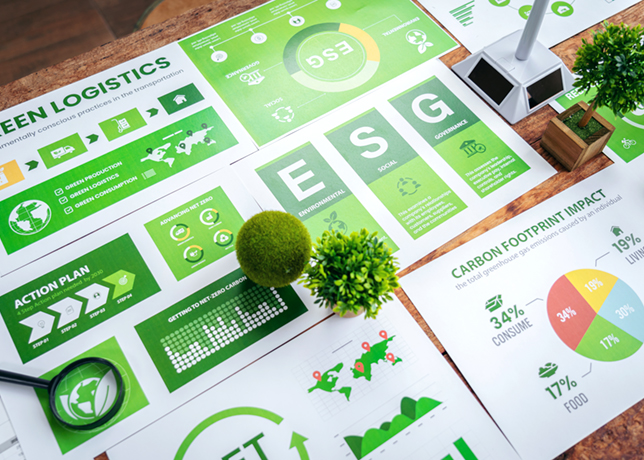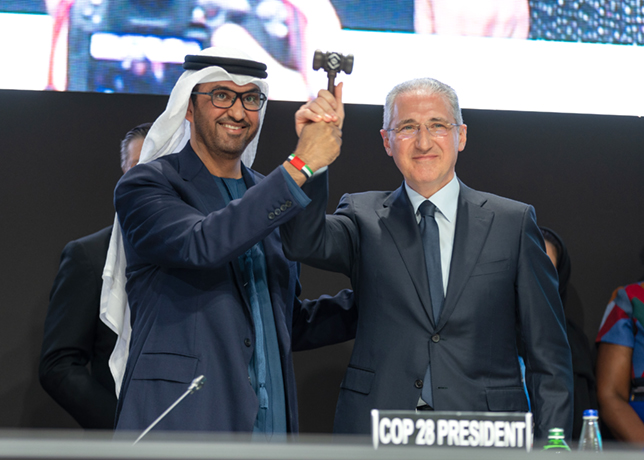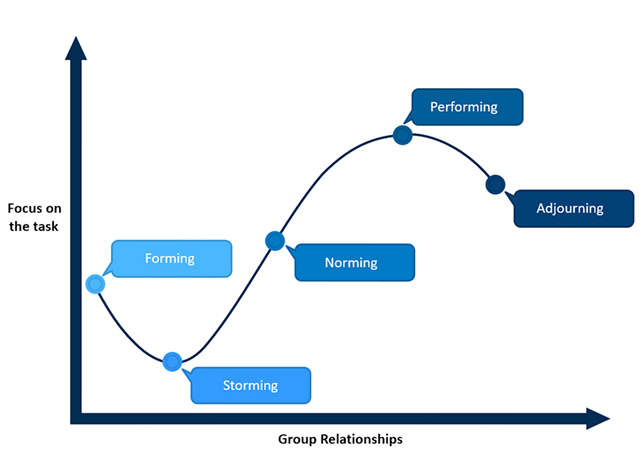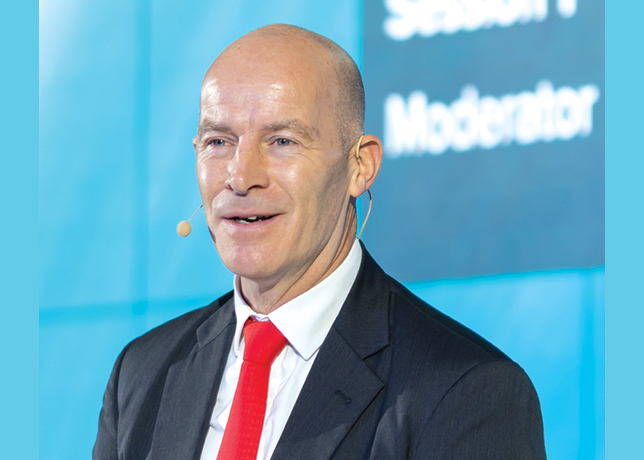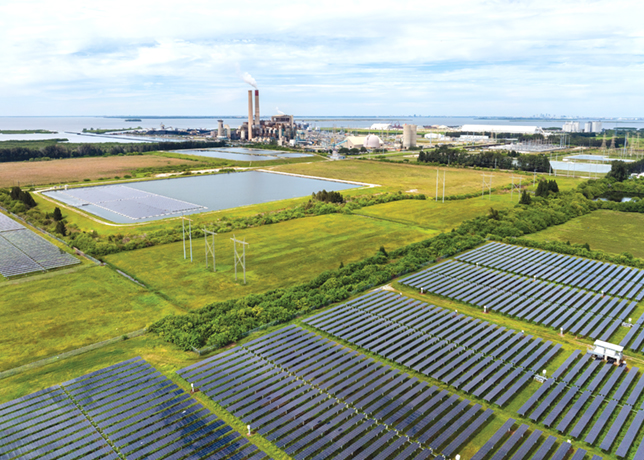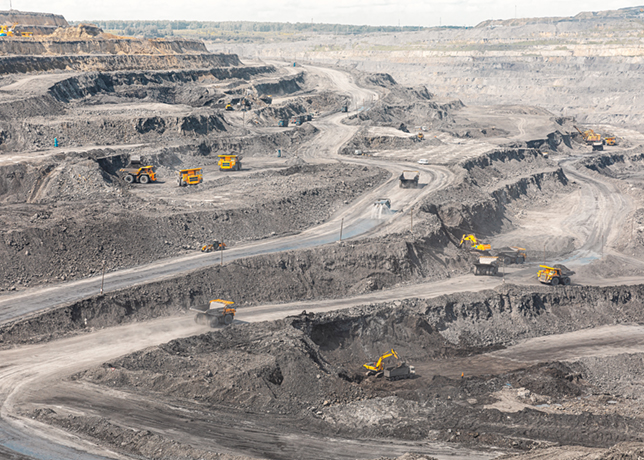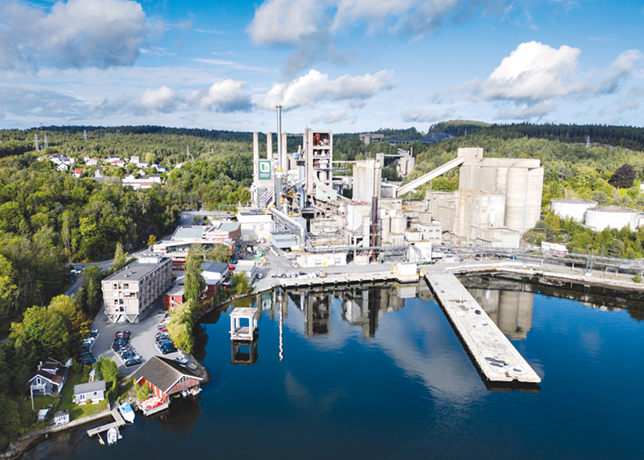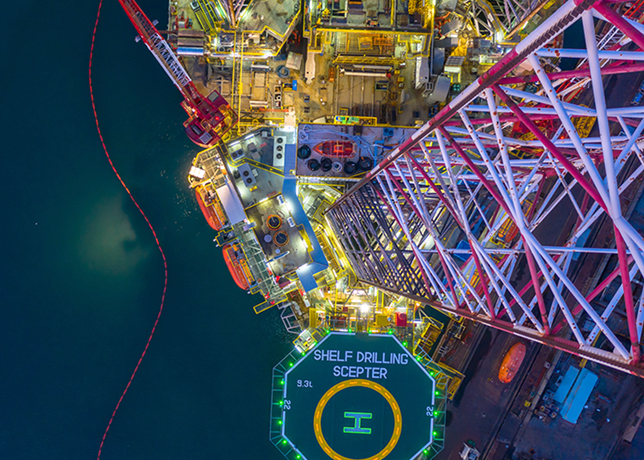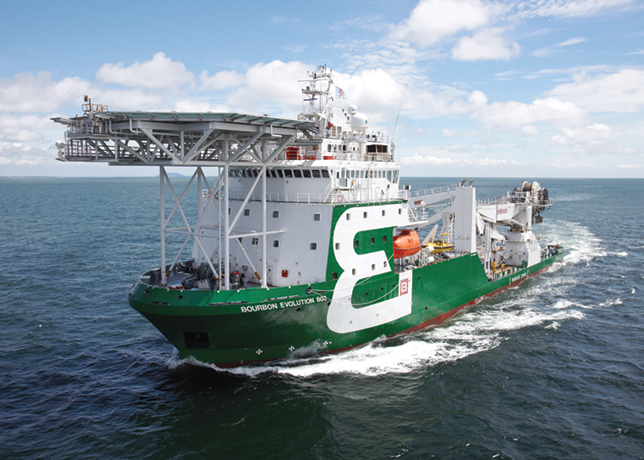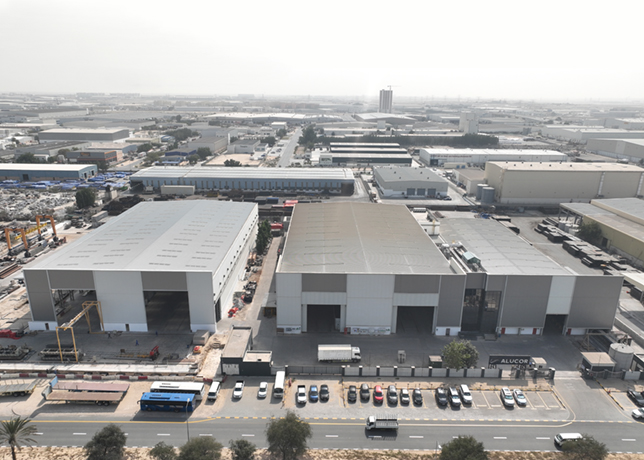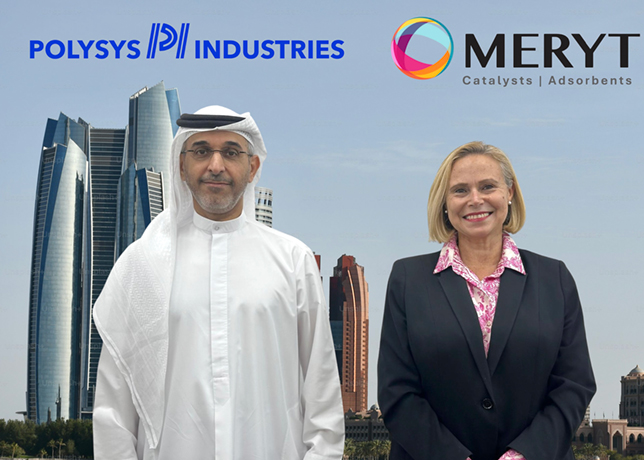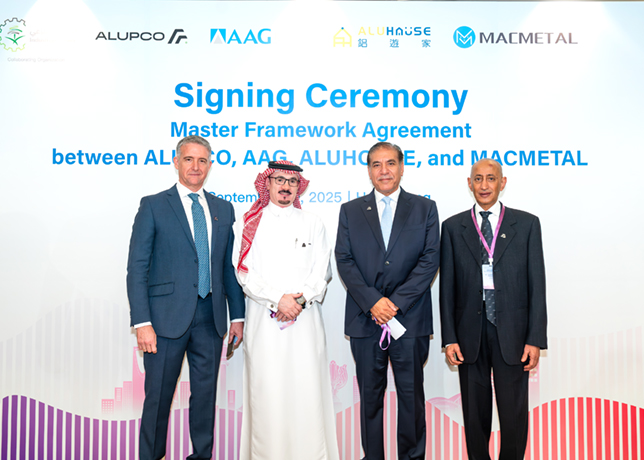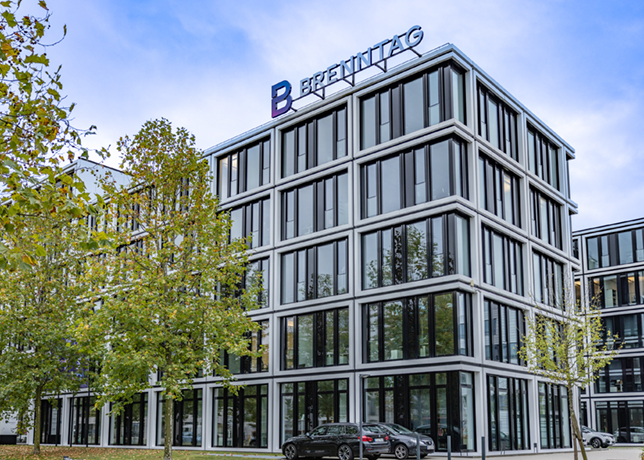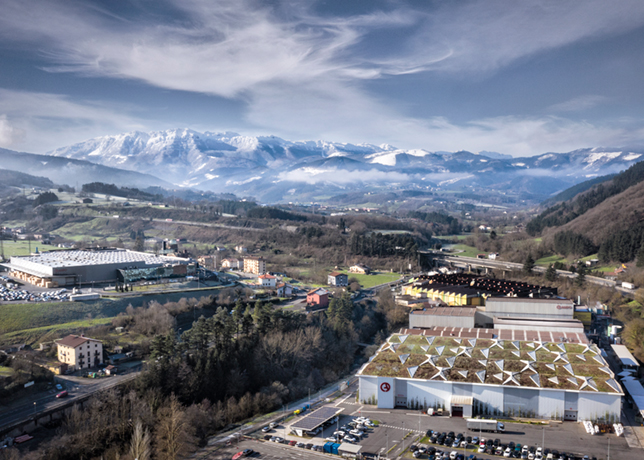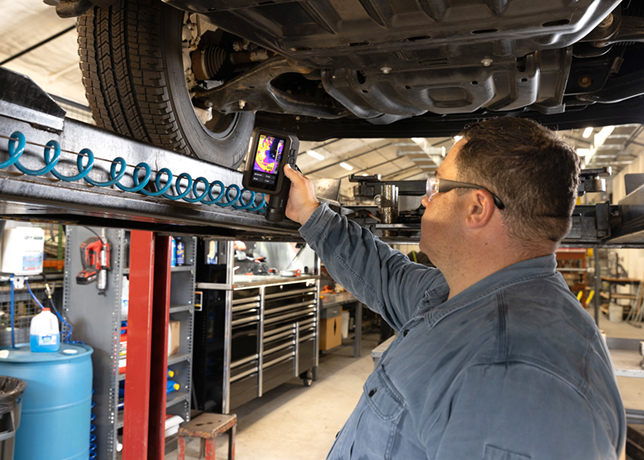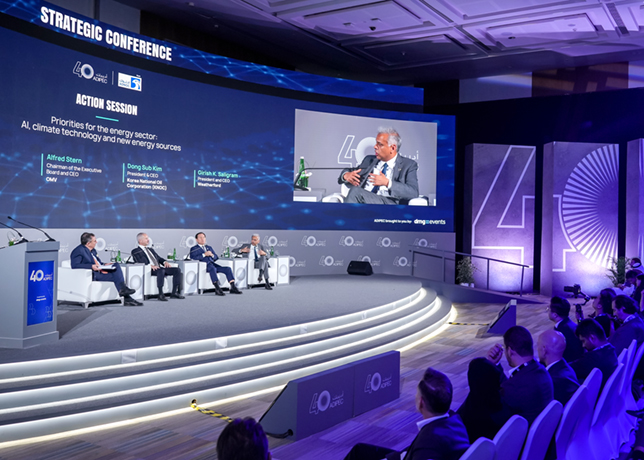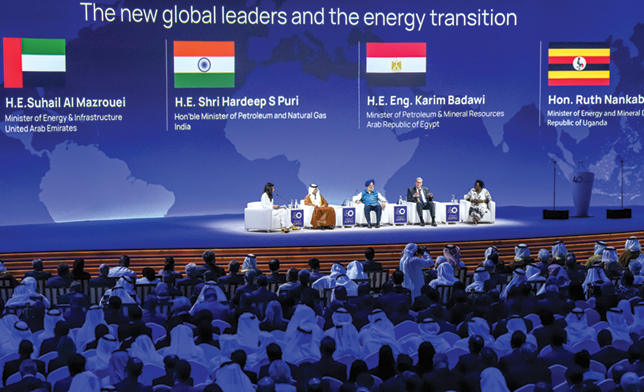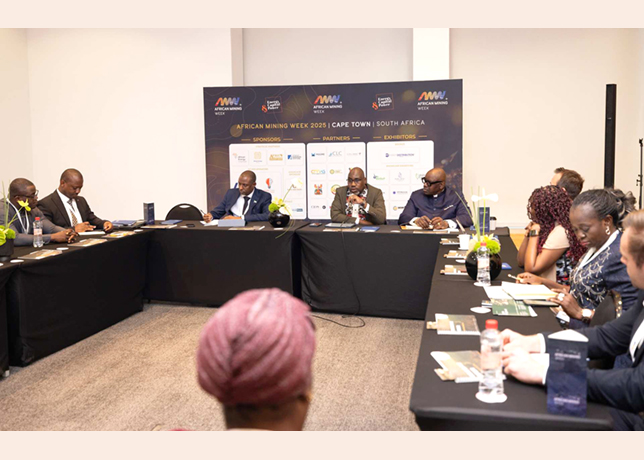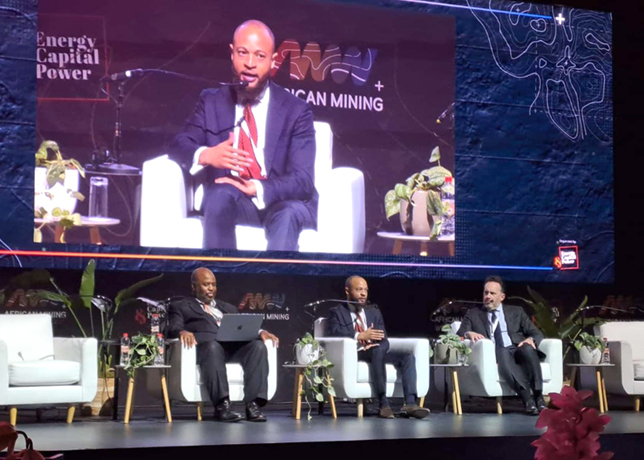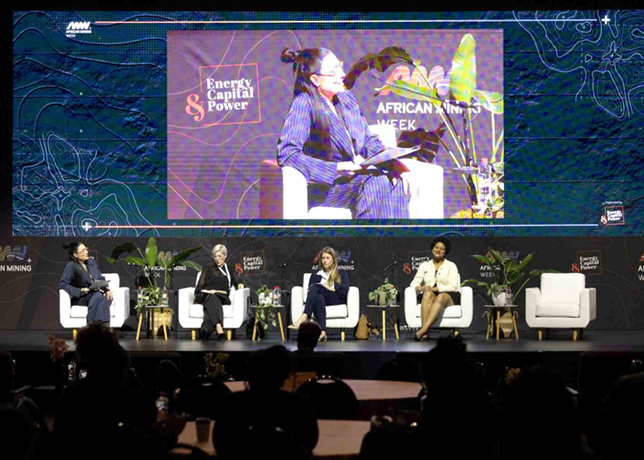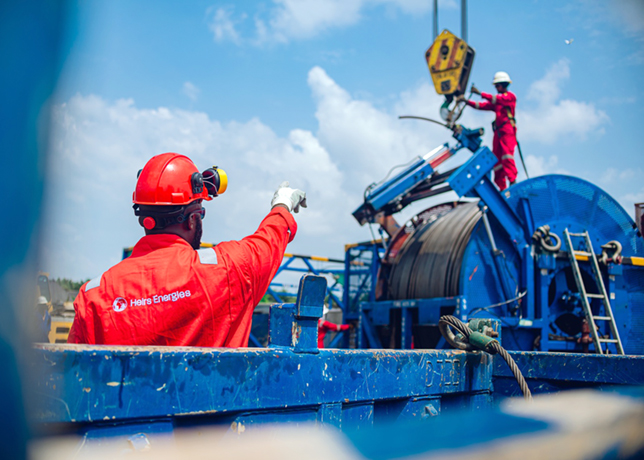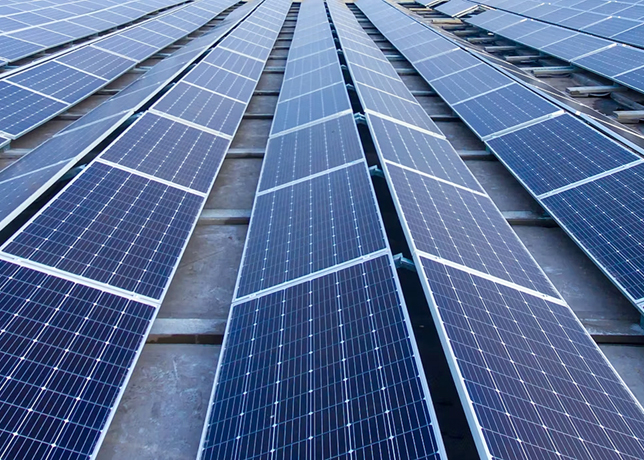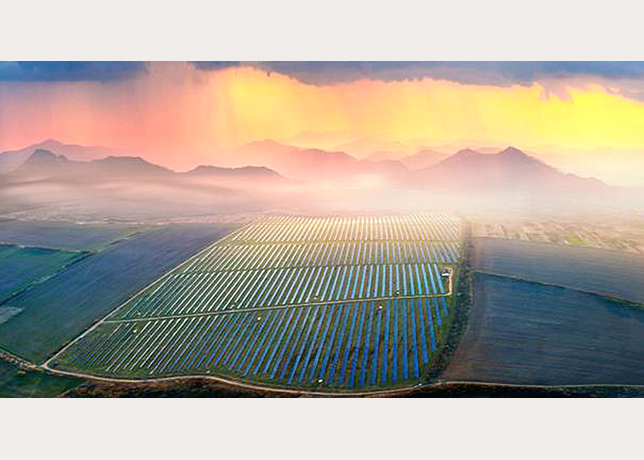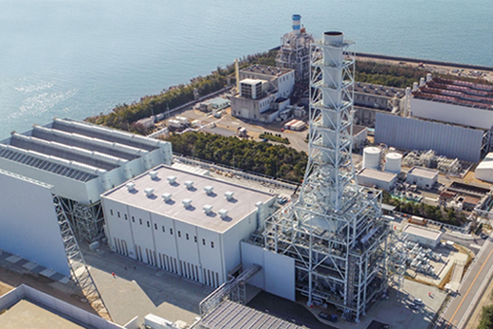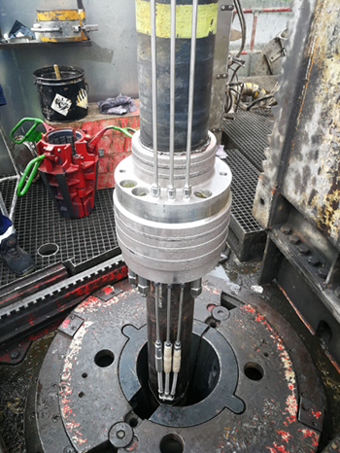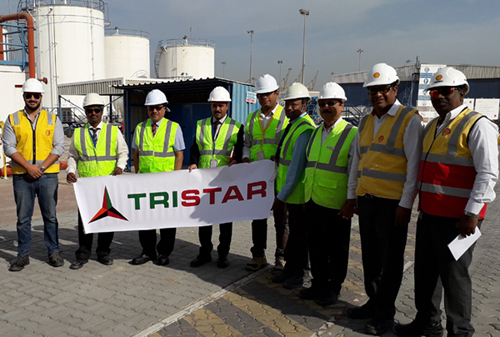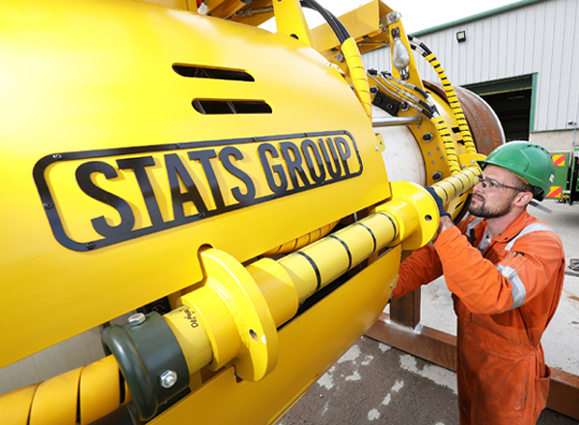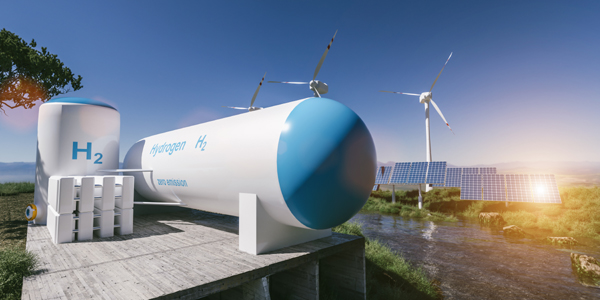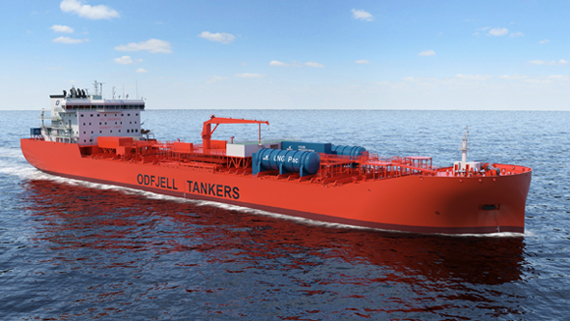
Adnoc and Microsoft have released the second edition of the Powering Possible report, highlighting the opportunities and challenges of AI adoption in the energy sector.
Nearly nine in ten companies surveyed have increased investment in AI and
digital infrastructure since 2024, with 73 per cent of companies deploying AI
across multiple business functions.
Notably, one in five are already using agentic AI to automate complex decision-making, evidence that AI is no longer a future bet but a present-day asset.
The 2025 report data shows that the energy sector is not just powering AI, it
is being transformed by it.
AI is expected to have its greatest impact
on energy distribution and emerging energy solutions, with applications ranging
from predictive maintenance and smart grid management to real-time demand
forecasting and energy optimisation.
88 per cent of respondents agree that
scaling AI is essential to achieving energy transformation.
At the same time there is a widespread view
that investments in grid modernisation (55 per cent) are key to keeping up with
AI’s growing demands, followed by energy storage (38 per cent) and advanced
materials like high-efficiency conductors (33 per cent).
More than 850 global experts across energy, technology, AI, academia and finance – including leaders from OpenAI, TotalEnergies and the International Energy Agency – contributed to the report, which reveals a significant shift in the AI-energy conversation, transforming from interest and pilots to deployments that demonstrate the AI transformation is underway.
Dr Sultan Al Jaber, Minister of Industry and Advanced Technology, and Adnoc
Managing Director and Group CEO said: “AI is no longer a future promise for the
energy sector; it’s delivering real impact today from predictive maintenance to
AI-optimised grids. At Adnoc, we’re embedding AI as a core capability across
our operations, driving transformation at scale with measurable gains in
reliability, efficiency, and sustainability. This report reflects the sector’s
progress and provides a roadmap for what comes next — investing in talent,
scaling proven solutions, and aligning policy with innovation. The next step is
clear: move faster, together.”
The report underscores a growing consensus: unlocking AI’s full value in energy
will depend on both industrial leadership and technological innovation working
in sync.
Brad Smith, Vice Chair and President, Microsoft said: “Meeting the demands of
both the AI era and energy transition will require more than ambition — it will
take strong partnerships and innovation. That’s why Microsoft is working
closely with energy leaders to reimagine power systems, develop talent, and
build responsible AI practices.”
However, realising AI’s full potential is not without constraints.
Cybersecurity has overtaken cost as the top
consideration for adoption (49 per cent), followed closely by data quality and
consistency (45 per cent) and a shortage of skilled talent (39 per cent).
These challenges are compounded by the
sector’s slower innovation cycles and the complexity of integrating AI into
legacy systems.
As AI adoption continues to scale, access to reliable and sustainable energy is
becoming a strategic priority.
This underscores a critical truth: AI for
energy and energy for AI are now inseparable. AI is helping to optimise grids,
reduce energy usage and emissions, and unlock new efficiencies across the
energy value chain.
At the same time, AI’s rapid growth is reshaping electricity demand and supply,
requiring smarter, faster investment in resilient infrastructure.
The challenge, and opportunity, is to align these two forces so that each accelerates the other, delivering a more sustainable, secure, and inclusive energy future. -OGN/TradeArabia News Service



